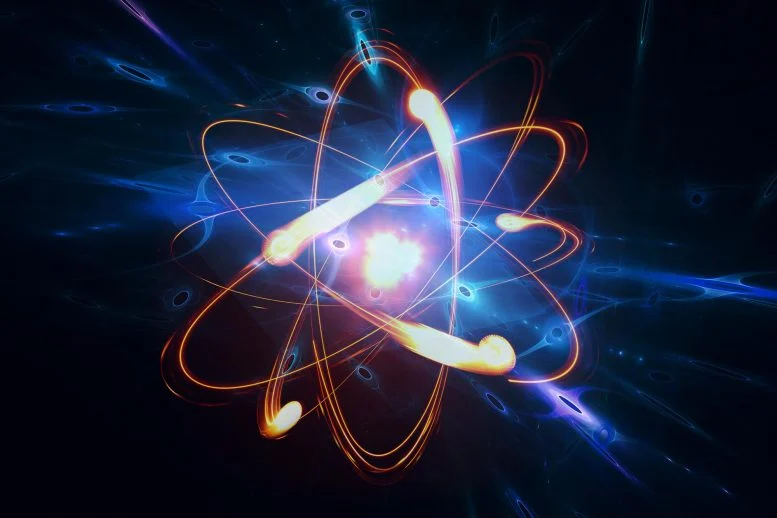Slow electrons are used in microelectronics as well as in cancer therapy, but it is very difficult to observe how they behave in solids. But now scientists from TU Wien have made it possible.
Electrons can behave very differently depending on the energy they have. When high or low energy electrons enter a solid they can cause different effects. Low-energy electrons can promote cancer, but they can also be used to destroy tumors. These are also important from a technology perspective; for example, for the production of small structures in microelectronics.
However, these slow electrons are extremely difficult to measure. Knowledge of their behavior in solids is limited, and scientists can often rely only on trial and error. But TU Wien has now managed to obtain valuable new information about the behavior of these electrons: Fast electrons are used to generate slow electrons directly in the material. This allows us to resolve details that were previously unavailable experimentally. The method is now presented in a journal Physical Review Letters.
Two types of electrons at the same time
“We are interested in what slow electrons do inside a material, for example a crystal or a living cell,” says Professor Wolfgang Werner from the Institute of Applied Physics at the Vienna University of Technology. “To find this out, you would need to set up a mini-laboratory directly into the material to be able to measure directly in situ. But of course this is impossible.”
You can only measure the electrons released from the material, but that doesn’t tell you where in the material they were released and what has happened to them since then. The team from TU Wien solved this problem with the help of fast electrons that penetrate the material and stimulate various processes there. For example, these fast electrons can disrupt the balance between positive and negative electric charges in a material, causing another electron to become dislodged, moving at a relatively low speed and, in some cases, breaking away from the material.
The critical step now is to measure these different electrons simultaneously: “On the one hand, we throw an electron into the material and measure its energy when it separates again. “On the other hand, we also measure which slow electrons are exiting the material at the same time.” And by combining this data, you can obtain information that was not available before.
Not a wild waterfall, but a series of collisions
The amount of energy lost by the fast electron during its journey through the material gives information about how deep it penetrates the material. This gives information about the depth at which slow electrons are released from their location.
These data can now be used to calculate how and to what extent slow electrons in the material release their energy. For the first time, numerical theories about this can be reliably confirmed with data.
This led to a surprise: The oscillation of electrons in a material was previously thought to occur gradually: a fast electron enters the material and strikes another electron, which is then released, causing two electrons to move. These two electrons will then displace two more electrons and so on. New data show that this is not the case: Instead, the fast electron undergoes a series of collisions, but always retains most of its energy, and only a relatively slow electron is displaced in each of these interactions.
“Our new method opens up possibilities in many different areas,” says Wolfgang Werner. “We can now finally investigate how electrons release energy when they interact with a material. It is this energy that determines whether it will be possible to destroy tumor cells in cancer treatment, for example, or whether it is possible to accurately create the finest details of a semiconductor structure with the help of electron beam lithography.”
Source: Port Altele
